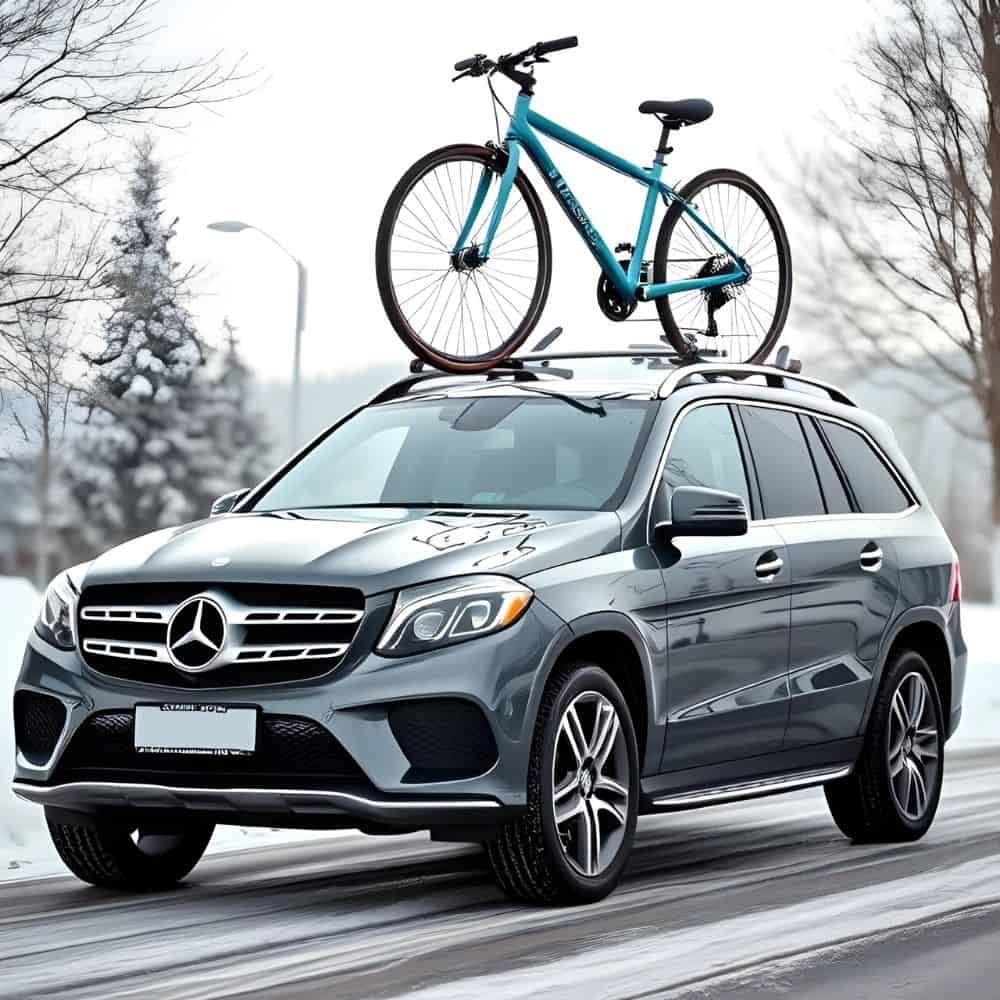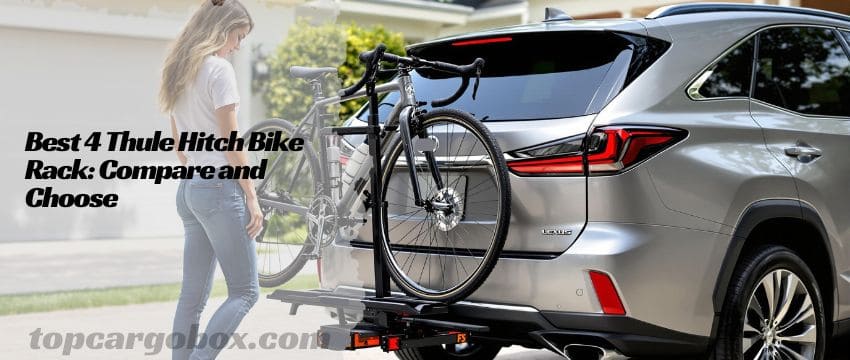Introduction
Bike racks are often celebrated as the ultimate solution for transporting bicycles, enabling adventures, commutes, and family outings. However, beneath their practical allure lie challenges that many users overlook. From unexpected costs to safety hazards, bike racks can complicate rather than simplify your journey. This article delves into the lesser-discussed disadvantages of bike racks, offering a candid look at their impact on vehicles, budgets, and peace of mind. Whether you’re a weekend warrior or a daily commuter, understanding these drawbacks will help you make informed decisions and avoid costly mistakes.
1. Structural Damage to Vehicles: More Than Just Scratches
While bike racks promise convenience, they often leave a lasting mark on your vehicle. Trunk-mounted racks, for instance, rely on straps and hooks that dig into paintwork, especially during long drives. Over time, friction from these attachments can erode clear coats, leading to rust spots or faded patches. Even hitch-mounted racks, which seem sturdier, aren’t immune. Improper installation can strain a vehicle’s frame, particularly on older models not designed for heavy towing.

Consider roof racks: Their crossbars require drilling or clamping onto the car’s roof, which may void warranties or create entry points for water leaks. A friend once shared how his SUV’s roof developed subtle dents after years of hauling mountain bikes—a costly repair that outweighed the rack’s initial affordability. Beyond aesthetics, the added weight of bikes can stress suspension systems, accelerating wear on shocks and struts.
Key Takeaway: The convenience of transporting bikes often comes at the expense of your vehicle’s longevity.
2. Fuel Efficiency: The Silent Budget Drain
Aerodynamics aren’t just for race cars. Adding a bike rack disrupts airflow, forcing your engine to work harder. Roof racks are the worst offenders; their elevated position creates a “sail effect,” increasing drag. One cyclist noted a 20% drop in fuel efficiency on highway trips—a significant hit for frequent travelers. Hitch-mounted racks fare slightly better but still add bulk that disrupts airflow around the rear bumper.
The financial impact adds up. For a 500-mile road trip, a roof rack might cost an extra $50 in gas. Over years, this stealthy expense rivals the rack’s upfront cost. Electric vehicle owners face steeper penalties, as reduced range forces more frequent charging stops.
3. Installation Hassles: A Test of Patience
Bike racks aren’t “set and forget.” Trunk models demand precise strap adjustments to avoid swaying, while hitch racks require aligning receivers—a struggle if your vehicle isn’t level. One parent recounted spending 30 minutes wrestling with a rack while their kids grew restless, turning a family outing into a stressful ordeal.
Roof racks compound frustrations. Lifting bikes overhead risks back strain, and securing them often involves contorting into awkward positions. During a rainy camping trip, I watched a friend nearly drop his bike while fumbling with frozen thumb screws—a stark reminder of the learning curve involved.
4. Security Risks: An Open Invitation to Thieves
Bike racks advertise your gear to thieves. Quick-release mechanisms on many racks allow bikes to be snatched in seconds. A colleague returned from a café stop to find his $3,000 road bike missing, despite using a cable lock. Hitch racks with integrated locks offer more security but aren’t impervious to bolt cutters.
Roof racks pose unique risks. Park in a low-clearance garage, and you might return to a smashed bike and shattered roof rails. Even parking meters become obstacles, as bikes extend beyond the vehicle’s footprint.
5. Legal and Safety Concerns: Hidden Liabilities
Obstructed license plates or taillights can lead to fines. In California, a cyclist was ticketed because his trunk rack covered the plate—a $200 oversight. Roof racks block rearview cameras, creating blind spots that increase collision risks.

Moreover, unbalanced loads cause swaying, especially on winding roads. During a mountain descent, a wobbling bike forced me to crawl at 20 mph, frustrating drivers behind me.
6. Cost Considerations: The Price of Quality
Cheap racks save money upfront but cost more long-term. A $100 trunk rack might last one season before straps fray or hooks rust. High-end models with anti-sway tech and reinforced materials can exceed $800—a steep investment for occasional use.
Don’t forget accessories: locks, light extensions, and hitch installations add hundreds to your budget.
7. Accessibility Issues: Compromised Convenience
Trunk racks block rear hatches, forcing you to unload bikes to access groceries. Hitch racks limit backup camera views, turning parking into a guessing game. One family abandoned a road trip after realizing their cooler was trapped behind the rack.
8. Weather Woes: Corrosion and Wear
Salt, rain, and UV rays degrade racks over time. A coastal commuter found his hitch receiver rusted shut after one winter, requiring costly extraction. Fabric straps on trunk racks crack in extreme heat, risking bike detachment.
9. Compatibility Challenges: Not One-Size-Fits-All
Fat-tire bikes or e-bikes overwhelm standard racks. A gravel biker learned this the hard way when his rack’s arms couldn’t grip 4-inch tires, forcing an emergency purchase mid-trip.
10. Mental Fatigue: The Unseen Toll
Constant worries about theft, damage, or load security drain enjoyment. A tour guide confessed to checking his roof rack every 50 miles—a habit born from past mishaps.
Bike Rack Disadvantages at a Glance
Disadvantage | Details |
|---|---|
Vehicle Damage | Scratches, dents, suspension strain, potential water leaks. |
Reduced Fuel Efficiency | Up to 20% drop in MPG due to aerodynamic drag. |
Installation Complexity | Time-consuming setup, risk of improper installation. |
Theft Vulnerability | Bikes exposed to quick theft; locks offer limited protection. |
Legal Risks | Fines for obscured plates/lights; safety hazards from blind spots. |
High Long-Term Costs | Premium racks and accessories strain budgets. |
Accessibility Limits | Blocks trunk access, interferes with parking sensors. |
Weather Degradation | Rust, UV damage, and material fatigue over time. |
Compatibility Issues | Struggles with non-standard bikes (e-bikes, fat tires). |
Psychological Stress | Anxiety over security and safety during transit. |
Conclusion
Bike racks unlock adventures but come with strings attached. From hidden costs to safety risks, these drawbacks demand careful consideration. By weighing these factors against your needs, you can choose a rack that balances convenience with practicality.
Real-Life FAQs
- Can bike racks damage car paint?
Yes. Emily from Oregon shared that her trunk rack’s straps wore through her sedan’s clear coat during a summer road trip, requiring a $500 repaint. - Do roof racks really hurt fuel economy?
Absolutely. Mark, a cross-country cyclist, tracked a 18% MPG drop on his Subaru Outback when using a roof rack—costing him an extra $60 per trip. - Are bike racks easy to steal?
Depends. Thieves stole Jake’s hitch-mounted bike in a mall parking lot despite a locked rack. He now uses a heavy-duty chain as backup. - Can I park in garages with a roof rack?
Rarely. Sarah learned this after smashing her bike into a parking garage entrance, totaling both the bike and her rack. - Do all racks fit e-bikes?
No. Tom’s e-bike exceeded his rack’s weight limit, causing it to sag and scrape his car’s bumper during transit.
Arm yourself with this knowledge, and you’ll navigate the world of bike racks with eyes wide open—saving money, time, and sanity along the way. 🚴♂️🚗
Our team is creating outdoor-gear relevant articles with passion. If our articles can help you to find the correct solutions for your questions, we will be happy about that. In the content creation process, we usually collect accurate and useful information online or offline to compile our content in an organized way. Consequently, we can guarantee that you can discover some expected answers to your questions. We appreciate your time on our site.










